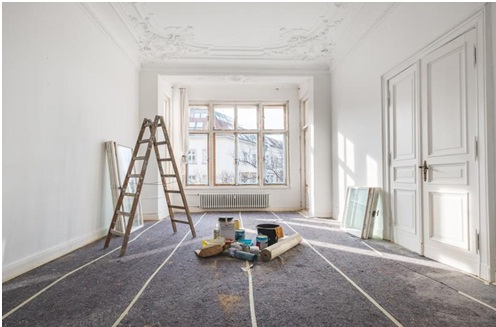If you’re thinking about investing in U.S. real estate, you may want to take a closer look at historic homes on the market. We know what you’re thinking—who wants to purchase an older home that needs fixing? On the contrary, many investors abroadare scooping up these “old-but-gold” homes in the U.S. for not only their lovely charm and quality construction, but also for their good appreciation. Studies have repeatedly shown that historic properties increase in value significantly more than newer homes. Furthermore, historic homes can supply foreign investors with a healthy rental income. Renters in historic homes are more likely to stay longer, reducing your vacancies and lining your pockets with extra income. And if you don’t want to go the traditional route with renting, Airbnb is another avenue for a lucrative side income. People can’t get enough of historic homes and love staying at historic properties for a weekend. Of course, there is one hurdle that you’ll need to consider when purchasing a historic home. Many of them need help being restored to their former glory, which is no small feat for homeowners living abroad. If you do decide to take on a historic home in the United States, here are a few tips to make the restoration process easier:
Find a Home Inspector with Experience
When it comes time to get a home inspection, you’ll want to select a professional who has experience with historic homes. An inexperienced home inspector may look at a historic home in the context of a modern home and nitpick over small details. If your real estate agent has experience selling historic properties, chances are good they’ll know a home inspector or two who can properly evaluate your historic home. Ask them for a recommendation or check out the Historic Building Inspectors Association to find a qualified inspector.
Choose Contractors Wisely
Similar to your home inspector, you should choose contractors who specialize in older homes. If you need to fix your plumbing in a 1930s home, you’ll want a contractor who knows his way around older plumbing systems. Also, keep in mind that restoring a historic home means trying to return its appearance to its original construction. Thus, it’s especially important to find a contractor who can interpret the home’s history and help match the interior and exterior to its time period.
Be Prepared for a Big Fixer Upper
If you have your sights set on a historic home, it goes without saying that you don’t mind a challenge. However, even the most determined homeowners can second-guess themselves after reading through the inspector’s report. You already knew that the house needed some structural repairs. What you may not have known until the inspection was that you have a pest problem beneath the floorboards of your kitchen and the house needs significant electrical repairs to make it livable. If you aren’t afraid of a project that will span months — if not years — then by all means, go for it. But if you thought this would be a small project, you may want to reconsider your choice of a historic home




















Your Message